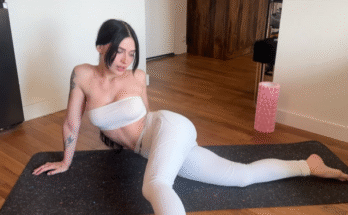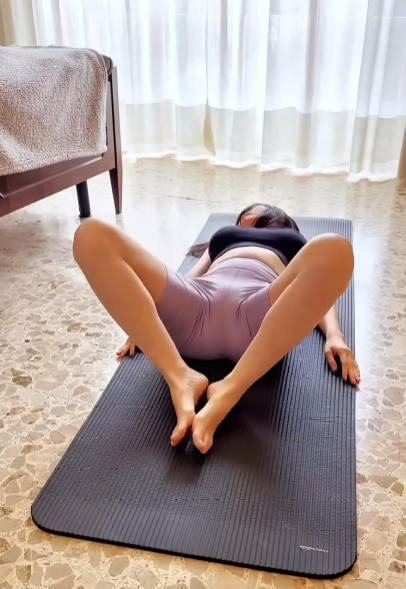
Flexibility is one of the most underrated yet essential aspects of physical fitness. While many people focus on strength, cardio, or endurance, the ability to move your body freely without restriction is equally important. When it comes to flexibility, the legs are often the focal point. From athletes to yoga enthusiasts, dancers to everyday fitness lovers, flexible legs can improve performance, prevent injury, and even enhance overall posture. The principle is simple: more pressure for legs, more bendy. Let’s explore what this means and how you can safely and effectively increase leg flexibility.
Understanding Leg Flexibility
Leg flexibility involves the range of motion of the muscles surrounding your hips, knees, and ankles. Key muscle groups include the hamstrings, quadriceps, calves, hip flexors, and adductors (inner thigh muscles). Limited flexibility in any of these muscles can result in stiffness, poor movement patterns, and susceptibility to injuries, particularly in the knees and lower back.
However, flexibility isn’t just about being able to touch your toes or do splits. It’s also about control, strength, and stability within that range of motion. This is why exercises that put controlled pressure on the legs can help make them more bendy and resilient.
The Role of Pressure in Stretching
When we talk about “pressure” in leg stretches, we are referring to the gentle, consistent force applied to lengthen the muscles. This isn’t about painful or aggressive stretching; it’s about safe tension that encourages the muscles and connective tissues to adapt gradually. The body responds to repeated, sustained pressure by loosening tight areas, improving blood flow, and increasing elasticity.
Think of it like stretching a piece of elastic fabric. If you gently pull it and hold, it gradually becomes more flexible. Sudden or excessive force may cause tears or strain, but moderate, consistent pressure helps it become pliable over time. This is why progressive stretching and leg pressure exercises are fundamental for becoming more bendy.
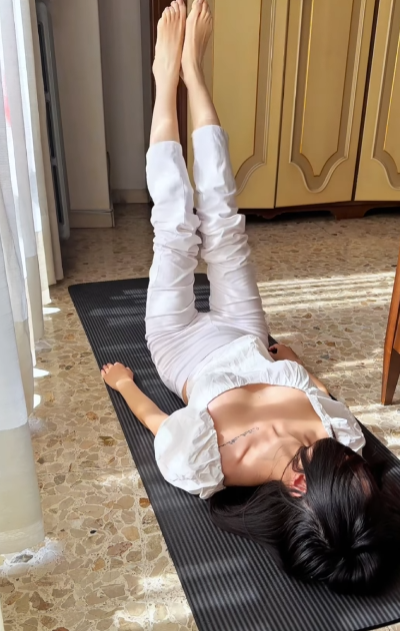
Warm-Up: The First Step
Before applying any pressure to your legs, warming up is essential. Warm muscles respond better to stretching and are less likely to get injured. Simple movements like leg swings, walking lunges, or light jogging for 5–10 minutes can increase blood flow and prepare your legs for deeper stretches.
Dynamic stretches, such as high knees or butt kicks, are also excellent because they combine movement with flexibility work. The key is to engage the muscles you intend to stretch, ensuring they are ready for the increased pressur
Hamstrings: The Key to Back Leg Flexibility
The hamstrings, located at the back of your thighs, are often tight in people who sit for long periods. To increase bendiness in your legs, hamstring flexibility is critical. A gentle way to apply pressure is through seated or standing forward bends.
- Seated Forward Fold: Sit on the floor with legs extended. Slowly reach toward your toes, keeping your back straight. Apply gentle pressure by leaning forward slightly, feeling a stretch at the back of your legs. Hold for 20–30 seconds and breathe deeply.
- Standing Forward Fold: Stand with feet hip-width apart and slowly bend at your hips. Let gravity gently pull your upper body toward your legs. The pressure of your own body weight aids the stretch without forcing it.
Quads and Hip Flexors: Front Leg Flexibility
Flexibility isn’t just about the back of the legs. Tight quadriceps and hip flexors can limit movement and lead to discomfort in activities like squats, lunges, and even walking. Applying pressure to these muscles helps release tension and lengthen them.
- Lying Quad Stretch: Lie on your side, grab your top foot, and gently pull it toward your glutes. Keep your knees close together. Hold and breathe, letting the pressure create a gentle stretch.
- Lunge Stretch: Step one leg forward into a low lunge, keeping your back knee on the floor. Press your hips forward to feel the stretch in the hip flexors. This controlled pressure enhances flexibility over time.
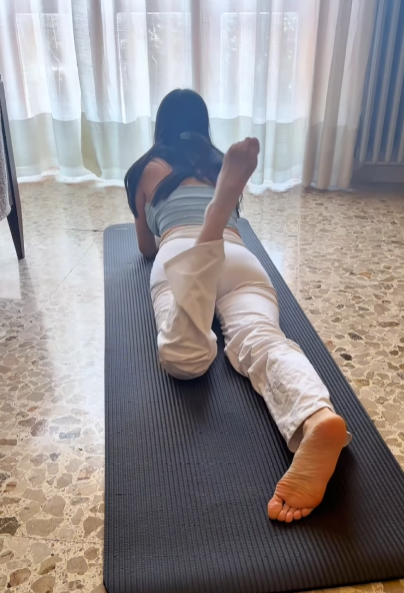
Inner Thighs: Unlocking Full Leg Range
The adductors or inner thighs are often overlooked but are crucial for overall leg mobility. Stretching these muscles can make splits, lunges, and side kicks much easier.
- Butterfly Stretch: Sit on the floor, bring the soles of your feet together, and gently press your knees toward the floor. Apply gradual pressure for a deeper stretch.
- Side Lunge Stretch: Step out to the side and bend one knee while keeping the other leg straight. Press into the bent leg to create tension in the inner thighs.
Calves: Foundation of Leg Flexibility
Flexible calves may not seem as glamorous, but they are essential for movement efficiency and ankle mobility. Tight calves can impact everything from running mechanics to squatting depth.
- Wall Calf Stretch: Place your hands against a wall, step one leg back, and press the heel down while keeping the back leg straight. Hold for 20–30 seconds and switch sides.
- Seated Towel Stretch: Sit with legs extended, loop a towel around your foot, and gently pull toward you. Feel the stretch in the calf and Achilles tendon.
Progressive Overload: Gradual Pressure
The key to becoming more bendy is progressive overload in stretching. Just as lifting heavier weights strengthens muscles, gradually increasing stretch intensity improves flexibility. This doesn’t mean forcing your legs into painful positions but gently pushing a little further each session. Consistency is more important than intensity.
Incorporating Strength and Balance
Flexibility without strength can lead to instability. Integrating strength exercises for your legs, like squats, lunges, or resistance band work, supports the joints and ensures the muscles can handle extended ranges of motion. Balance exercises, such as single-leg stands or yoga poses, further enhance control and reduce injury risk.
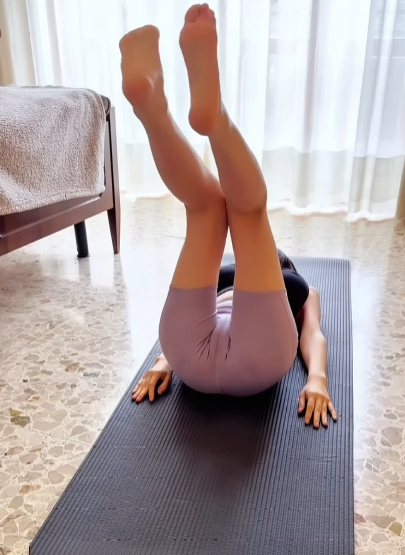
Breathing: The Secret Ingredient
Controlled breathing is essential when applying pressure to the legs. Inhale deeply and exhale slowly while holding stretches. This encourages relaxation, reduces tension, and allows the muscles to release naturally. Holding your breath or tensing up can counteract the benefits of stretching.
Safety and Recovery
While the mantra is “more pressure for legs, more bendy,” safety is paramount. Overstretching can cause strains or tears. Listen to your body, avoid bouncing stretches, and allow recovery days. Foam rolling, massage, and adequate hydration also help muscles adapt to increased flexibility.
Conclusion: Consistency is Key
Becoming bendy requires patience, dedication, and understanding of your body’s limits. Applying controlled pressure to the legs, combined with strength, balance, and breathing techniques, leads to long-lasting flexibility improvements. Over time, your hamstrings, quads, calves, hip flexors, and inner thighs will loosen, enhancing mobility, performance, and even reducing discomfort in daily activities.
Remember, flexibility is a journey, not a race. By applying gradual pressure, listening to your body, and maintaining a consistent routine, you can achieve the ultimate goal: more pressure for legs, more bendy.



